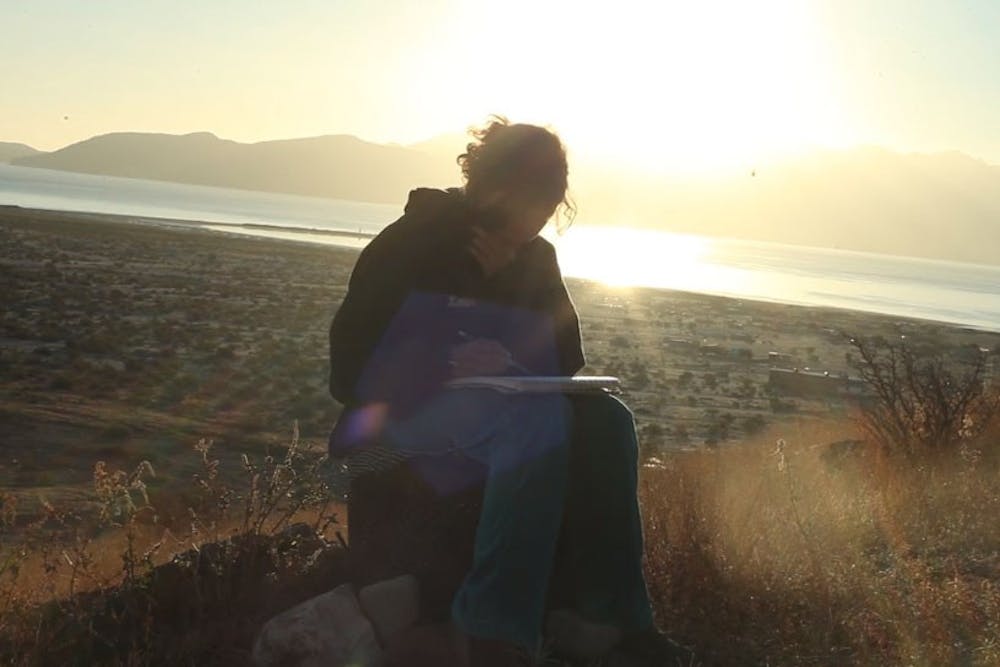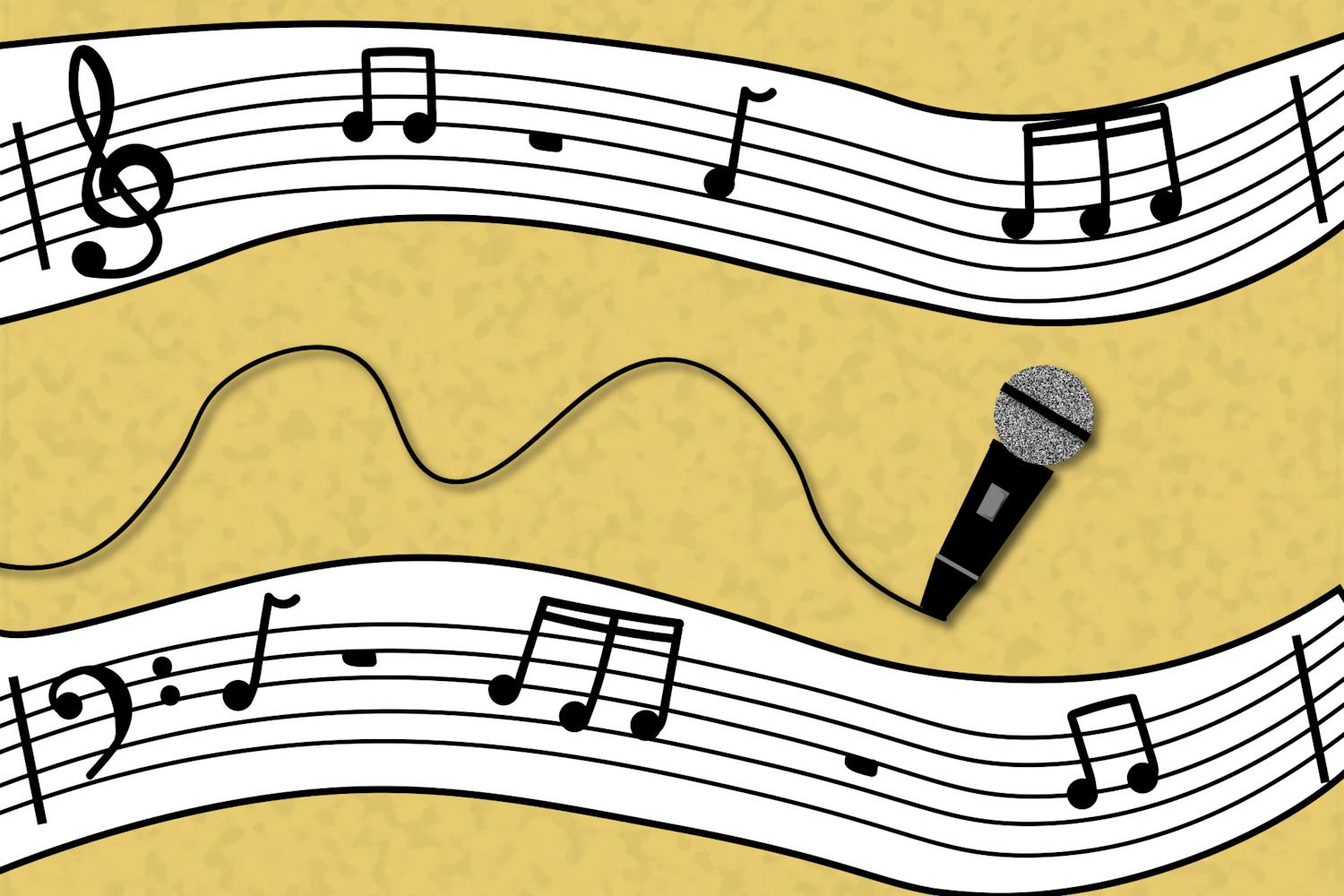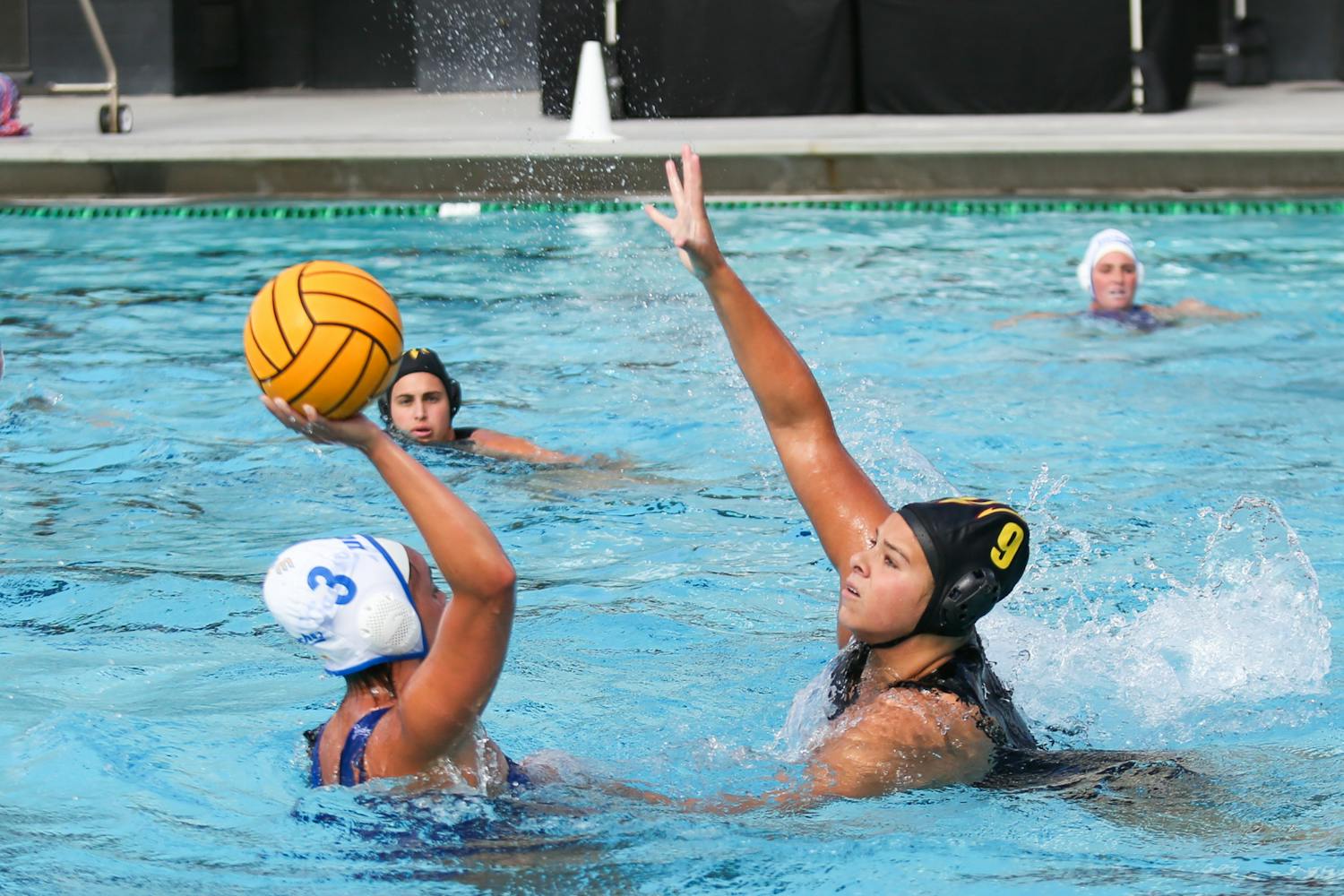Art has a unique power to shift narratives, evoke emotions and guide conversations. The Society for Art Video at ASU will explore these concepts in an upcoming visiting artist lecture series event called Art is for Empathy.
Collaborative video artists Emily Vey Duke and Cooper Battersby will be at the Grant Street Studios April 5-7 to engage with students, share their work and steer a dialogue about the potential to evoke empathy through artwork.
The two artists met in college as they were exploring art through a variety of different media, and their collaborative entrance into the video arts was serendipitous.
"In some ways, starting to do video was kind of a fluke," Duke said. "It was a way that we could do all of the stuff we liked to do. We were in bands, so we were making music, and we were drawing, and we were writing and performing, so all of that could kind of coexist in video — we could work with all of our strengths."
Their work has been exhibited and celebrated internationally for its power to create a space that sparks a discussion on empathy.
"I think we are universally interested in humanity, and we try to talk about that in a way that is often self-deprecating, ironic and humorous," Battersby said.
Duke expanded on the depth of their artistic exploration.
"It is not just that we are interested in humanity, but more that we are interested in empathy and how empathy operates very effectively across different species," Duke said.
The role of empathy in the arts is one that has power to create political, economic and social change.
"Only good things come from empathy, so the more that we can create an environment for that, the better off the world will be," Battersby said.
Where documentary filmmaking often has very explicit aims around social justice, the effects created by Duke and Battersby's experimental style is harder to discern.
"Where I see it most is in the subtle transformation of a viewer," Duke said, "when a viewer sees something in a work that would make them operate in their own lives with more care for the creatures or subjects in the work."
Krista Davis, a graduate student in the Herberger Institute and officer in the Society for Art Video, aligns the idea of art being for empathy with the larger concept of "queer tactics."
Davis explained queer tactics as strategies used to create a space for things considered abject or alternative.
"I think of queerness as all of the things that exist outside the normative forces (such as) everything from a heteronormative conception of sexuality, to getting a degree or getting married," Davis said.
Beyond creating empathy, "queer dialogue" helps put normative forces into perspective.
"We need to look at things outside of the norm to understand those that exist within the norm," Davis said. "If you exist in a system, and the system works for you, then you have blind spots, and sometimes it is from outside of that you are able to gain knowledge about what you are missing."
Davis said video serves as a great platform for these dialogues as the video arts are easy to disseminate on the internet and are composed of multiple variables that artists can manipulate.
"I think there are a lot of poetics we can use in video arts that don't have to directly say what the problem is, but (they) give people something to think about," Davis said.
Davis' own work reflects the power of the video arts being used as a tool for social change. One of Davis' recent pieces responded to President Donald Trump's monument review, which threatened the protected land status of 27 national monuments across the country.
Davis hiked the Grand Staircase Escalante National Monument with a collaborator in entirely reflective outfits to mirror the surrounding environment.
Throughout the process, other hikers would see them and start a conversation about what they were working on, ultimately promoting dialogue about the monument review.
The dialogues that come out of artistic works are what give meaning to something that Davis said can otherwise seem frivolous in the face of all of the suffering in the world.
"I like to think about empathy from art like when you light a match, and you touch something, and it creates fire," Davis said. "The goal is that once it is started, it spreads on its own."
Reach the reporter at goldham@asu.edu and follow @graceoldham123 on Twitter.
Like The State Press on Facebook and follow @statepress on Twitter.




